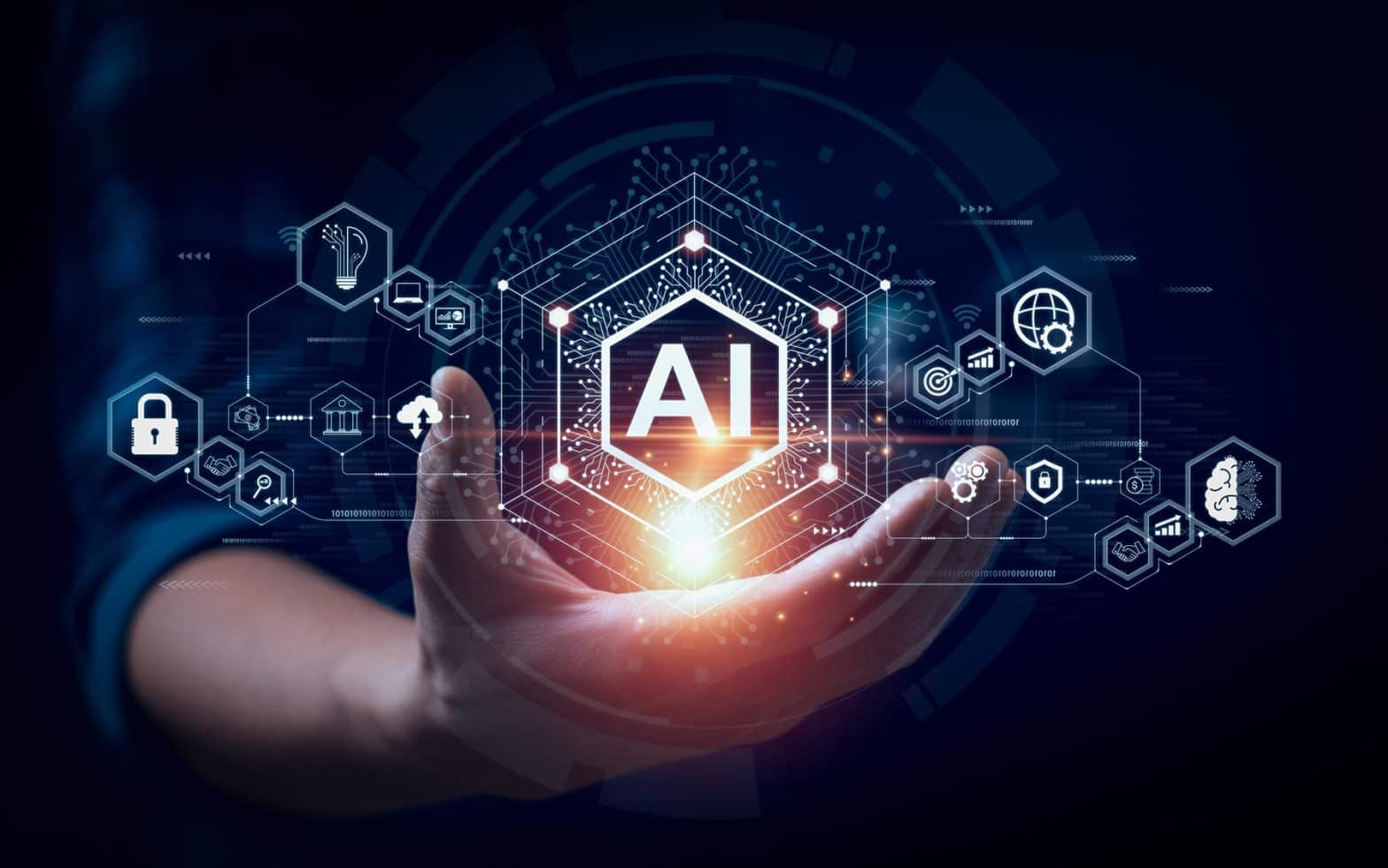The criminal justice system is constantly evolving, and new technologies are often employed to help with everything from investigating crimes to sentencing offenders. Artificial intelligence (AI) is poised to revolutionize the criminal justice system, transforming how courts interact with defendants and how data is analyzed. Electronic monitoring has become increasingly widespread, allowing agencies to better track convictions and court-mandated restrictions. Predictive analytics can help identify potentially dangerous trends or people, while modern case management software improves communication between all stakeholders. AI promises to usher in more efficient, streamlined systems that rely on collaboration and automation for greater success outcomes, continually reinforcing methods of procedure for crime prevention and reduced recidivism.
How will AI change how we treat criminals? Only time will tell, but it’s clear that AI will have a profound impact on every stage of the criminal justice process. From predictive policing to parole decisions, AI is likely to forever change the way we view and deal with crime and punishment. Some say this is a good thing; others worry about potential abuses.
Could AI Be Used to Predict Crime and Identify Criminals Before They Commit a Crime?
Advances in technology have led to innovative ways of using artificial intelligence (AI) to help predict and prevent crime. Utilizing sophisticated AI algorithms, law enforcement agencies could potentially detect patterns in criminal activity data to identify potential offenders before an actual crime takes place—Minority Report anyone?
Ankle monitors or electronic monitoring systems can be used to track movement of the identified person so that teams of experts could be brought in before any further damage is done. While it may seem intimidating, using AI in this capacity has tremendous potential for creating a safer environment for everyone, by addressing safety and justice concerns before they become major issues.
Possible Solutions to Address AI Concerns
There are some new technologies recently launched that could help improve the accuracy of electronic tracking and alleviate some of the concerns with AI-driven systems. The Talitrix T-Band wristband is one of the more promising solutions. With a modern chipset and improved GPS technology, it is possible to know exactly where the person wearing the band is at any given moment. The data collected by the wristband can provide real-time biofeedback that improves accuracy of the case management recommendations. And because it looks like a digital watch/fitness tracker, there is no ankle monitor stigma.
Not only could this impact criminal justice, but could also benefit those who are vulnerable, such as people suffering from Alzheimer’s or dementia. Additionally, parents could have a better idea of their young child’s whereabouts when away from home. Electronic tracking via the Talitrix T-Band could be a useful tool for keeping people safe.
Electronic tracking technology also offers a potential solution for addressing concerns about employee health, safety, and well-being in the workplace. A system like the Talitrix T-Band could be employed to ensure employees are safe in potentially dangerous environments, track employee health metrics such as vital signs and health location data, as well as alert employers to when personnel become lost or enter an unauthorized area. It could also enable automatic communication with first responders if an emergency arises. The potential of Electronic Tracking technology has just scratched the surface; it may soon revolutionize how we monitor employee workday safety and security.
Further AI Research Is Needed
Using AI technologies in everyday law enforcement needs further research to close the gap between authorities and offenders. There is ample potential for testing innovative strategies that could not only benefit impacted individuals but also improve overall public safety. A deeper comprehension of how tracking monitors can feed the right data to AI systems is slowly taking shape.
All stakeholders involved should come together to ensure scientific rigor within research studies so we can move forward with more accurate solutions that minimize risk and harm to vulnerable communities. It is essential that the right safeguards are in place to ensure those who are monitored can be guaranteed a fair and just system. With this progressive approach, we can work towards building a safer and more equitable world for everyone.







